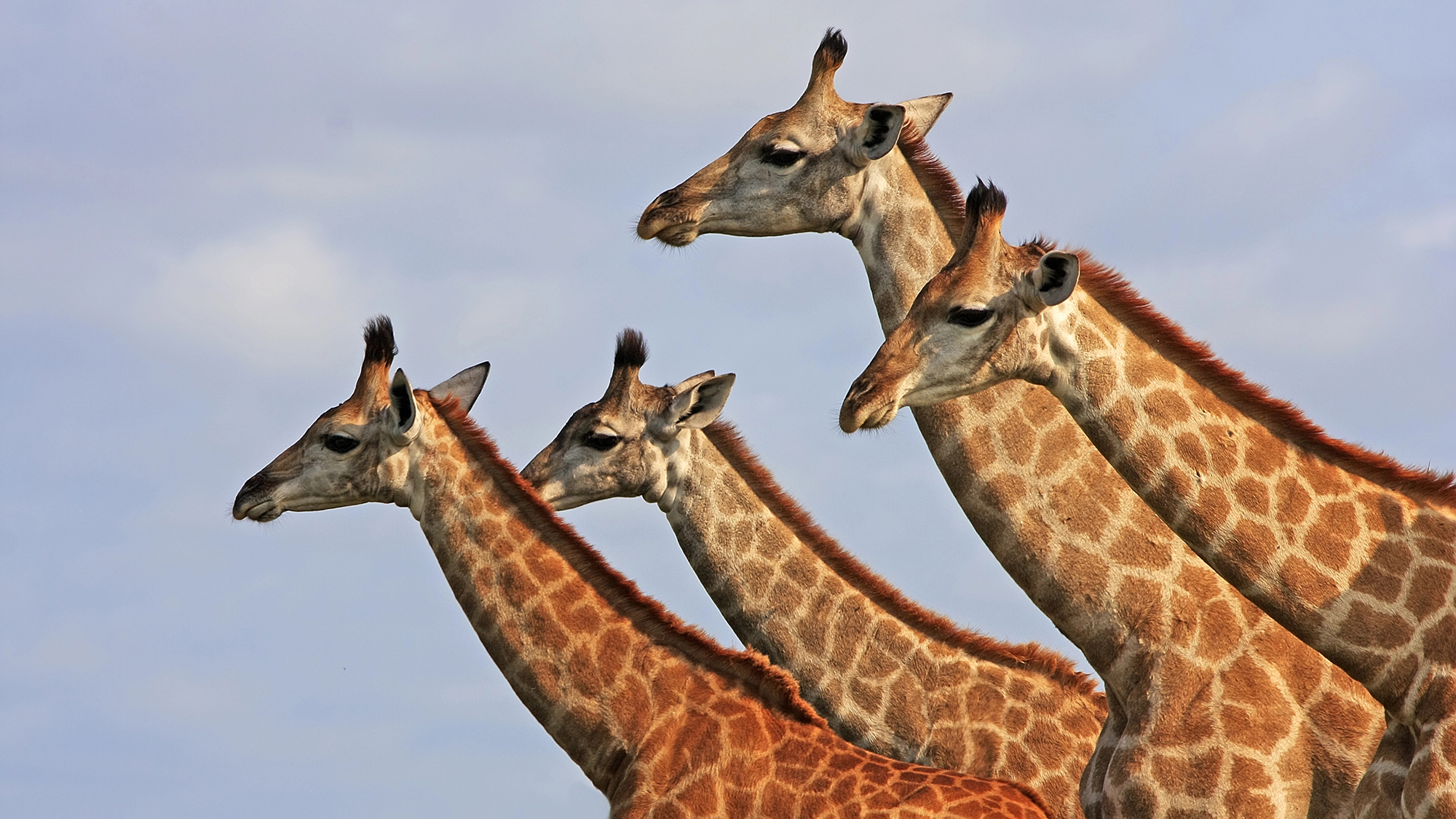Plus other weird things we learned this week.
Posted on Jun 19, 2024 9:00 AM EDT

Male giraffes neck with other males more often than females. Credit: DepositPhotos
What’s the weirdest thing you learned this week? Well, whatever it is, we promise you’ll have an even weirder answer if you listen to PopSci’s hit podcast.
The Weirdest Thing I Learned This Week hits Apple, Spotify, YouTube, and everywhere else you listen to podcasts every-other Wednesday morning. It’s your new favorite source for the strangest science-adjacent facts, figures, and Wikipedia spirals the editors of Popular Science can muster. If you like the stories in this post, we guarantee you’ll love the show.
Check out Weirdest Thing’s new page on Reddit to meet fellow Weirdos!
FACT: Natural history is super queer—just look at jousting giraffes
By Owen Ever
Whether described as “ritualistic jousting” or a “stately dance,” there’s something erotic going on between male giraffes. According to the field observations of Canadian biologist Anne Innis Dagg, “Necking involved one male gently rubbing his head or neck against the body of another, or the two males mutually rubbing their trunks and necks together. This often sexually aroused one so that he mounted the other or even several other males.”
History is packed with scientists ignoring queerness in giraffes—and lots of other animals—or writing off such behaviors as being the result of confusion, fights for social dominance, platonic playfulness… basically everything except sexual attraction. But giraffes present a particularly strong rebuttal to that practice, because males don’t just sometimes neck with other males. They actually neck with males more often than females. A general lack of injuries—and a general disregard for the existing social hierarchy—makes it unlikely that we can blame these encounters on male aggression.
You can learn more about Anne Innis by checking out this documentary about her work. And you can learn more about the queerness of the animal queendom by checking out my new podcast, A Field Guide to Gay Animals!
FACT: Japanese tits send each other messages by waving their wings
By Rachel Feltman
Scientists from the University of Tokyo were observing the Japanese tit (Parus minor). They’d previously found that these birds communicate pretty sophisticatedly; in a 2018 study, they argued that the call combinations used by the birds amounted to compositional syntax, which only humans are known to use. That’s our ability to put words and phrases together to create new meanings.
So now they were wondering whether these birds might use gestures to communicate. There are several kinds of gesture. Motor or beat gestures can only occur in tandem with speech—think gesticulating to emphasize a point. Lexical or iconic gestures also occur with speech, and can echo or elaborate on the meaning of the words being spoken—like rubbing your hands together as you say you’re cold, or using air quotes. Then there are deictic or indexical gestures, which can happen either with or without vocal speech. They’re indicative, like a point or a “ta-da” motion. It’s generally thought that these are the only kind of gestures non-primates can make. Ravens and fish have been shown to make gestures that seem to mean “look at this,” and dogs and elephants have been shown to understand what humans mean when they point at something.
Then there are symbolic gestures. These are the gestures loaded with inherent meaning. A wave, an eye-roll, a clap, a come-hither motion. Chimps use dozens of gestures to communicate with each other, and research suggests that humans can usually figure out what they mean. But now it seems like the Japanese tit might be capable of symbolic gestures, too. Listen to this week’s episode to learn more!
FACT: These snakes are extremely good at playing dead
By Jess Boddy
Typically when threatened by a predator, it would be in an animal’s best interest to make a break for it. But a select few decide to stay put and play dead instead—and the dice snake sells it particularly well. First, it writhes around as if in pain. Then, it poops itself. Finally, it brings it all home by coughing up a little blood.
The technique is shockingly effective, despite how energetically intensive it is. Hear more about how these snakes pull off the ultimate performance (and how a group of scientists had a ton of fun studying them) on this week’s episode.
>>> Read full article>>>
Copyright for syndicated content belongs to the linked Source : Popular Science – https://www.popsci.com/science/giraffes-weirdest-thing/

















![[News] China Makes Breakthrough in Chip Technology, Paving the Way for Lithography Advancements – TrendForce](https://earth-news.info/wp-content/uploads/2025/11/324664-news-china-makes-breakthrough-in-chip-technology-paving-the-way-for-lithography-advancements-trendforce-360x180.jpg)












